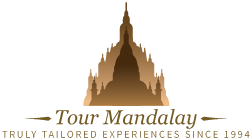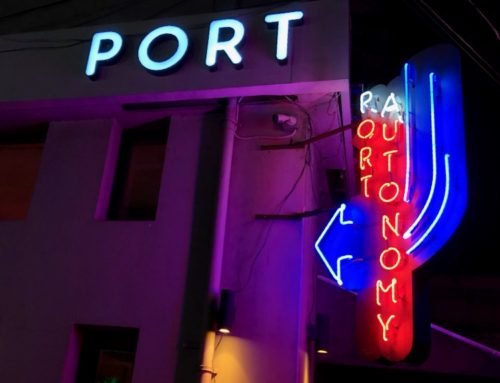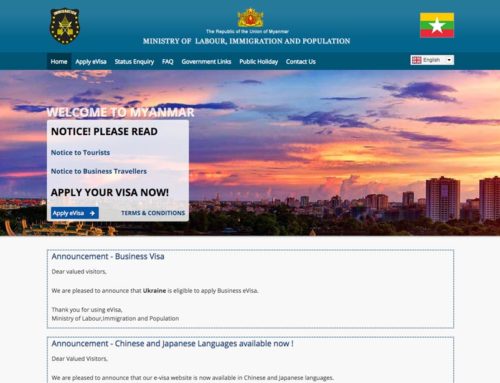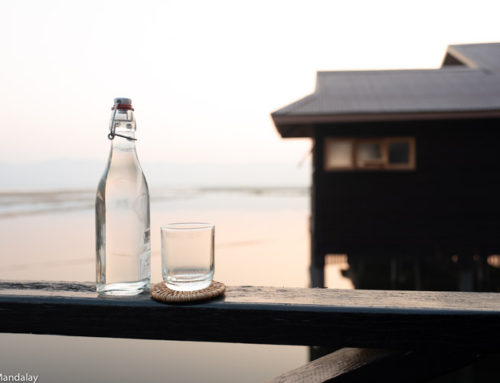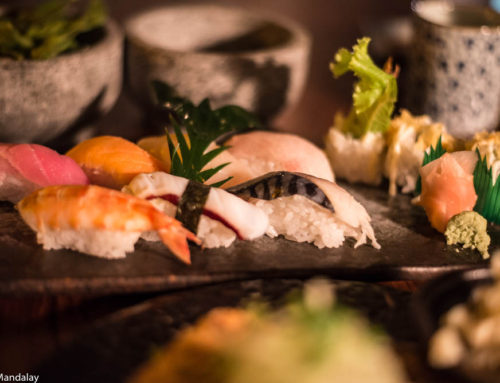CURRENCY
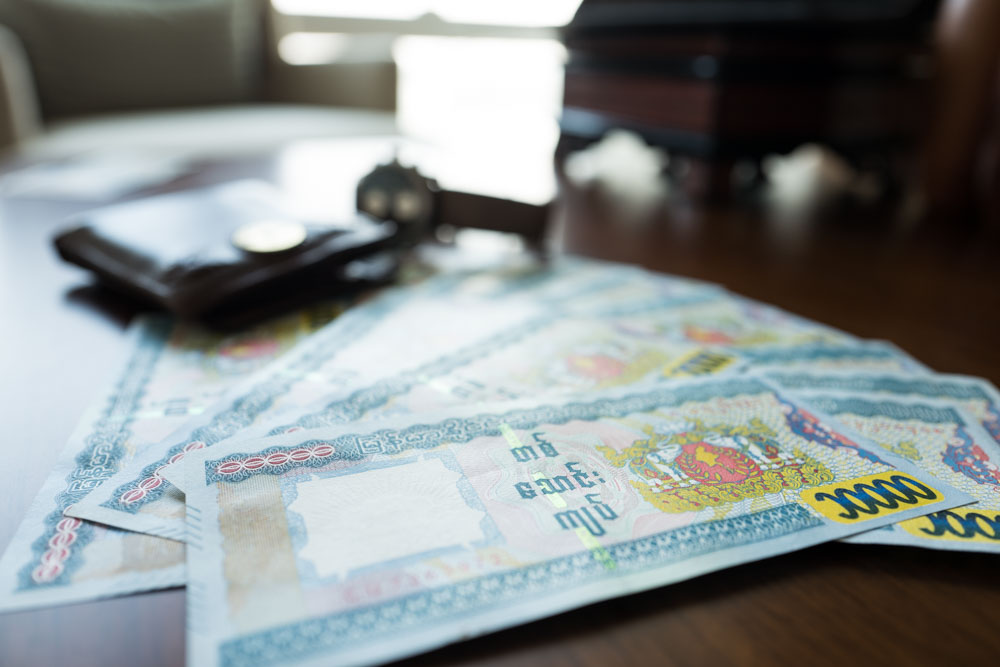
The 10,000 kyat note, the currency’s largest denomination.
Myanmar’s currency is the Myanmar Kyat (MMK), pronounced chat. This can be found in denominations of 50, 100, 200, 500, 1000, 5000 and 10000 available. Although it’s merely an approximation, MMK1000 is worth USD0.8. To view today’s rate, please visit XE.com by clicking here.
In order to get your hands on this lesser-known currency, it will be necessary to do one of the following, or a combination of both, in-country.
1. Visit a money changer, preferably with pristine USD notes.
A few things to note:
- Even though the rule is supposed to have relaxed, most money changers will not accept notes unless they are in pristine condition. Even a small crease or mark may see your money rejected, or a lower rate of exchange offered. When you encounter this problem, we’d kindly ask that you don’t get angry at the money lender; the problem lies with the banks. This frustrating ruling does not apply to local currency.
- Although there are money changers out there that will accept other major currencies such as EUR, GBP, THB, CNY and SGD, these are few and far between. Your best bet is to come armed with USD and change money as you go.
- Myanmar Kyat can only be exchanged in-country. Should you have a large amount left over, we’d recommend you change it before you leave. If you don’t, you’ll be stuck with it until your next trip.
- Changing USD to MMK and back to USD (in the case you don’t spend it all) will see you lose out lots on currency exchange. To avoid this, we’d recommend changing small amounts at a time.
- Changing money at a hotel is the most straight-forward option but be warned that the exchange rate will not be as favourable as the one you’ll get at a dedicated money changer.
- Most international and domestic airports have money changer counters located inside, but these are unlikely to be open early morning / late evening.
2. Withdraw money from a cash point (ATM).
A few things to note:
- Cash points are becoming increasingly easy to find, with most accepting major international debit and credit cards.
- Every withdrawal will be subject to a transaction fee and your own bank’s rate of exchange. With this in mind, you’ll need to plan ahead and limit the amount of times you key in your code.
- Most cash points have a maximum withdrawal limit, with the maximum we know of being MMK600,000 (approx USD450).
- If planning to use your card in Myanmar, we’d advise that you contact your bank beforehand to let them know you’ll be travelling in Myanmar (even if they say it’s not required). Failing to do so may lead to your card being swallowed by the machine. This won’t help if the machine you’re trying to get money out of is limited to a low amount and you’re required to make multiple transactions in quick succession.
- Although we’re yet to have anyone affected by this, power cuts are not uncommon in Myanmar and there’s a small chance one might happen whilst you’re mid-transaction. The majority of cash points are connected to a back up power source, but we can’t guarantee that will always kick in.
With less than 10% of the country’s population having access to a bank account, it comes as no surprise to learn that cash is the preferred method when it comes to any kind of financial transaction. Utility bills, apartment rent, mobile phone usage, everything’s usually settled in cash.
That’s not to say using a card to pay for individual transactions is not possible; most major hotels and high end restaurants now have card machines installed, with some even being contactless. Depending on the type of traveller you are, it may be possible to pay for everything this way, but our advice would always be to keep some cash handy as back up. There have been times where our travellers have been caught out due to the card reader not being able to connect to the internet; not only is this inconvenience awkward for both sides but it may eat up time the following day as you’ll have no option but to come back when the internet’s up again and settle.
Due to USD being the most stable currency, some hotels and restaurants opt to display their prices in this as default. They will of course accept local currency, but only after it has been converted using a not so favourable exchange rate (the same also applies when it’s the other way around i.e. MMK to USD). To ensure you don’t leave feeling ripped off, we’d strongly recommend paying in whichever currency’s quoted. In October 2015 the government attempted to introduce an “Myanmar Kyat only” policy but this appears to have been widely ignored.
Just in case you were wondering, presenting someone with a traveller’s cheque is likely to be greeted with a blank expression. At present, they are not accepted.
Back to useful Myanmar travel information
